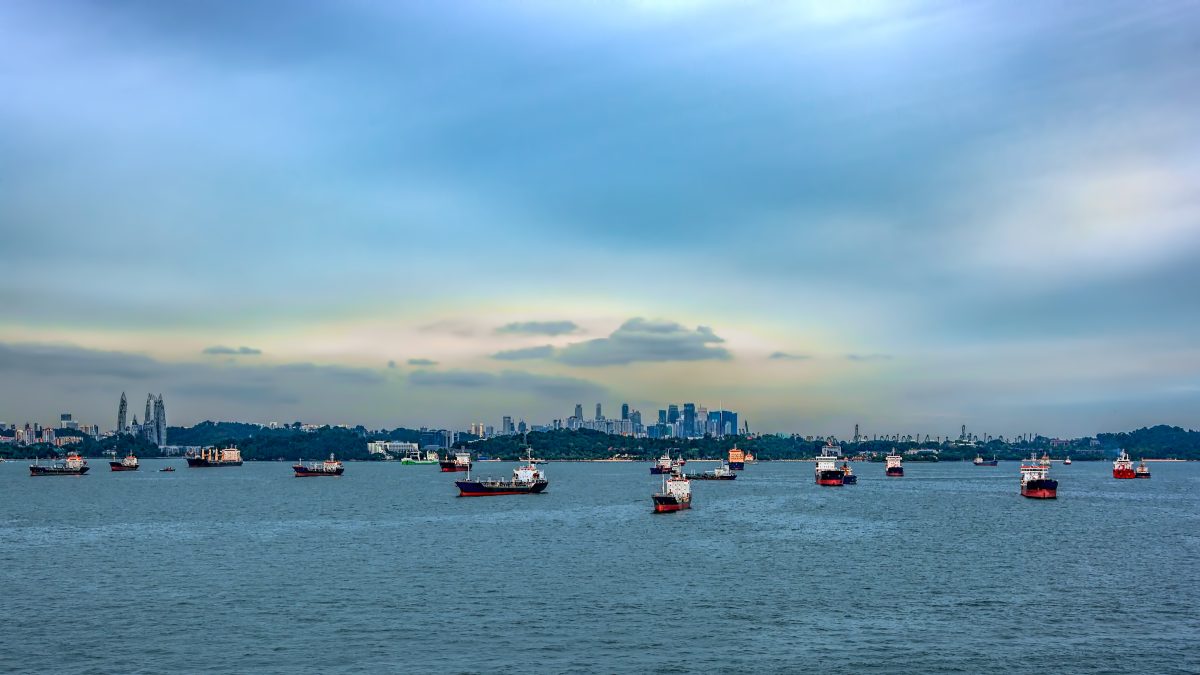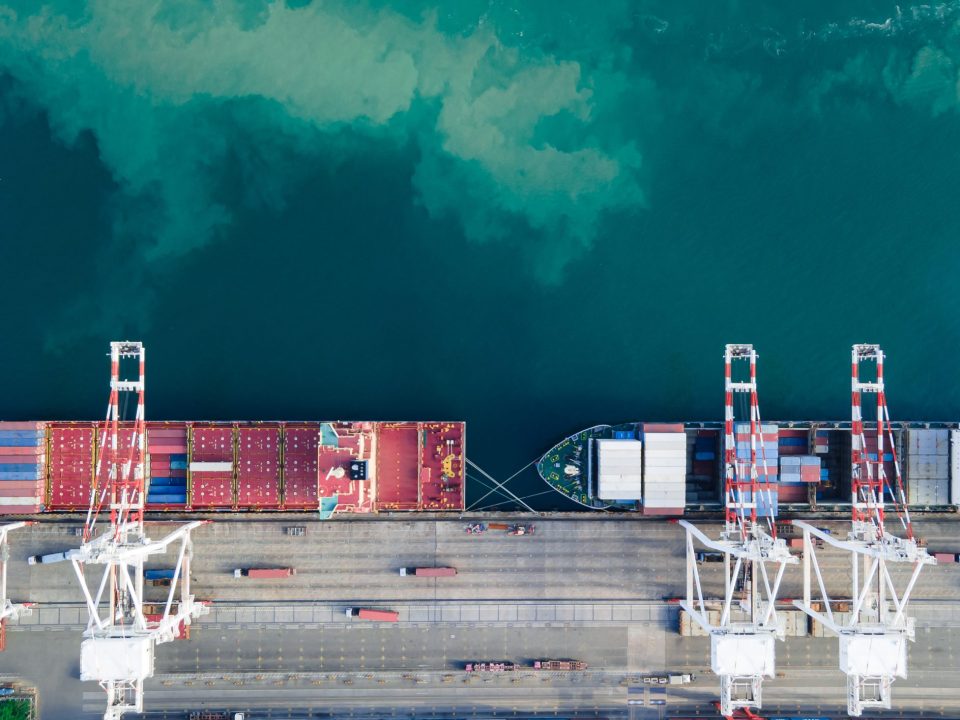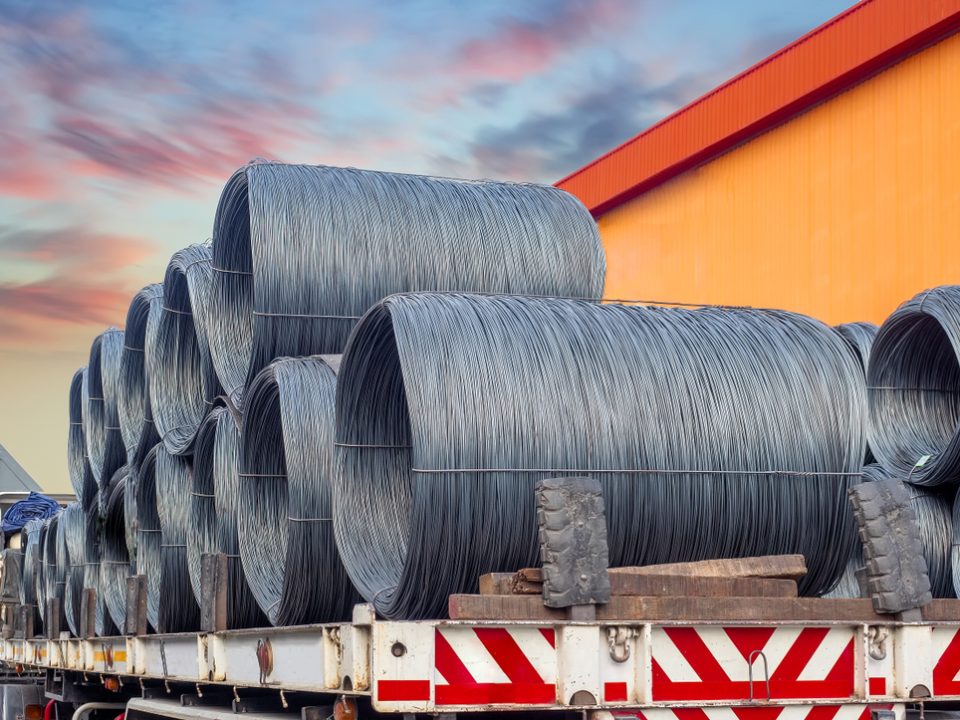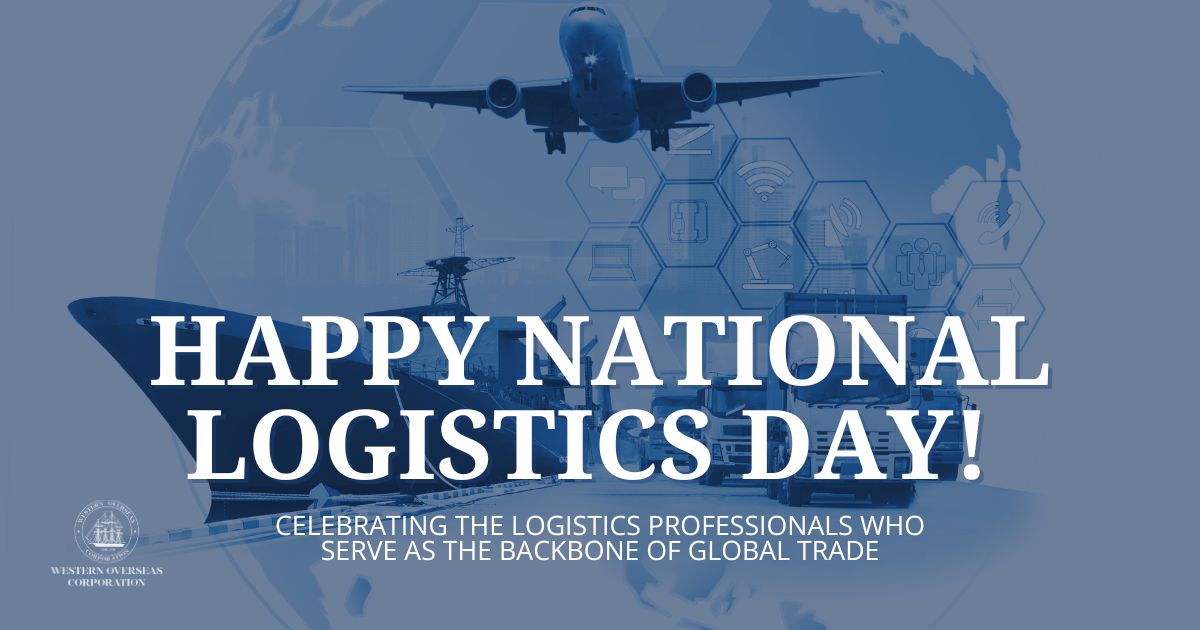
Your Trusted Logistics Partner
June 28, 2024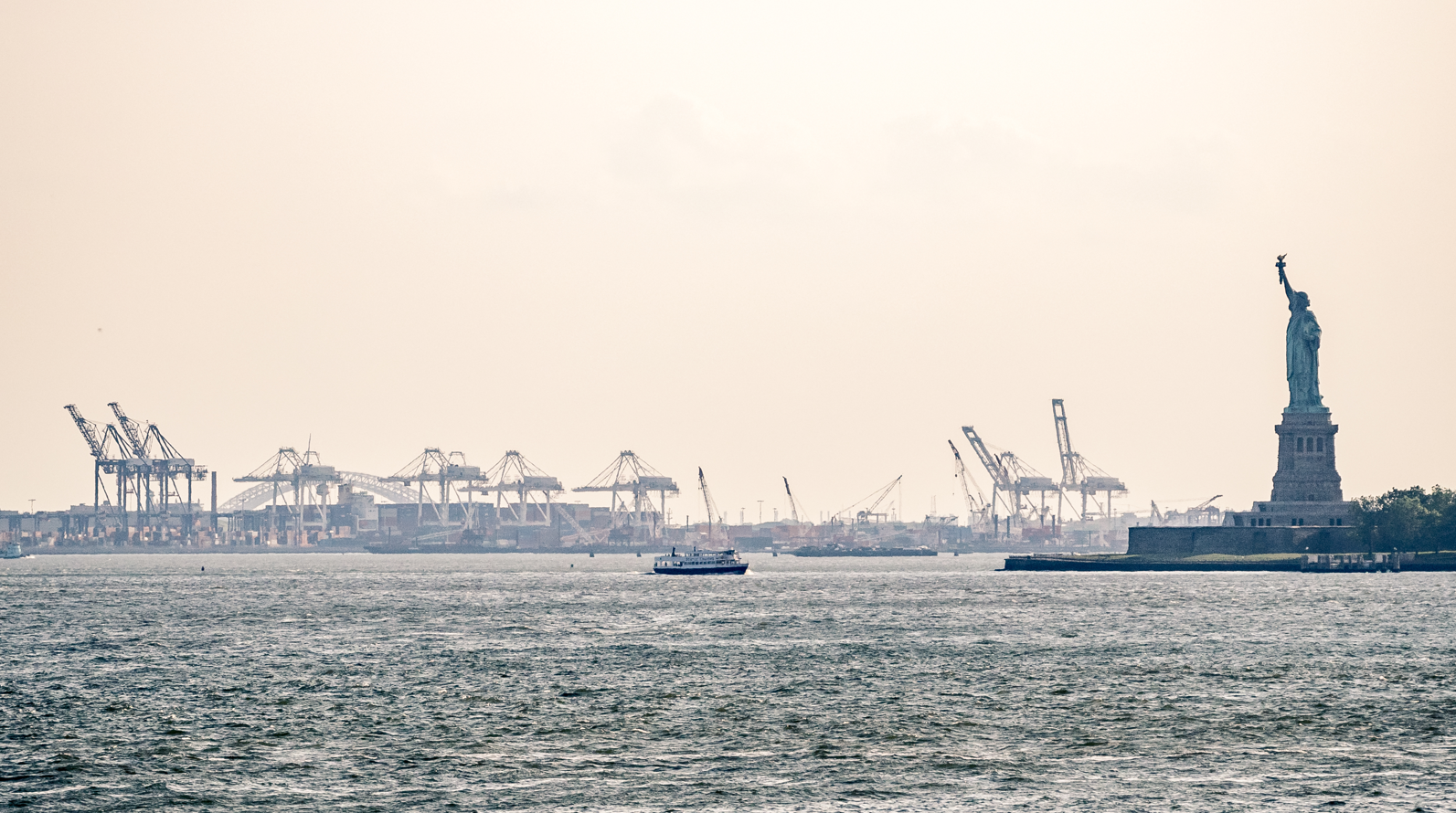
Ongoing Delays in the Port of New York / New Jersey🗽
July 26, 2024Navigating the Storm: Challenges Disrupting the Global Shipping Industry
This year has posed many challenges for the global shipping industry. We’ve seen a massive bridge collapse that disrupted shipments out of Baltimore, Houthi Rebels disrupting shipments in the Red Sea, and congestion across multiple ports worldwide. All of which have increased delays and increased costs for shipping companies.
The Houthi Rebels continue to disrupt the Red Sea with attacks on vessels, which has been heavily impacting multiple industries’ supply chain. About 15% of all ocean freight is typically shipped through the Red Sea. Europe and Asia’s markets are the most affected by the delays, as they are being rerouted through the Cape of Good Hope, which can add up to a month of delays on their shipments, as well as increased shipping rates. To put further strain on the route, there are now further delays on the route due to severe storms plaguing the area.
China to the U.S. Market Updates
The Shanghai Containerized Freight USWC Index was up around 20% in the 1st week of July. The spot rate continued rising by another $1,000, to end the week at an average of $8,400 per 40ft, the highest level since July 2022. However, the USWC market is losing steam and began to fall over the weekend, and the USWC spot rate has dropped to an average of $8,000 per 40ft.
PNW rates will certainly follow the decline of PSW rate level. However, there is a surge of blank sailings in July. The overall PNW capacity was cut by around 20% in July and we are not sure if the capacity can be restored in August. As the decision is still pending on the Canadian rail strike, carriers are not willing to send vessels there. Given the intermodal functions at the ports of Vancouver and Montreal, a work stoppage involving both rail companies, Canadian National (CN) and Canadian Pacific Kansas City (CPKC), would create a level of congestion at the Canadian ports and terminals.
While USWC has started its downward trend, the demand to the East and Gulf coast remains strong. As we mentioned in last week’s report, shippers are bringing orders earlier with the concerns of a possible strike in September. To be worse, the effective capacity was cut by around 15% in July due to blank sailings caused by vessel delay. The void capacity can’t be filled as there is no plan of extra loaders to USEC. Carriers have already succeeded with a full GRI of $2,000 applied to all USEC/GULF lanes on July 1st.
India to the U.S. Market Updates
The market from India to the US is changing drastically, and there are several reasons that have led to disruption in bookings and space from India to the US.
- For the US West Coast (USWC): MSC, WHL, CMA, OOCL, COSCO, and HPL have closed their booking windows since the end of June.
- For the US East Coast (USEC): carriers have already reduced space with FAK and FIX rate levels, even on online platforms. This situation is expected to stretch through the end of July.
- Ocean carriers are having shortage of inventory at present for 20ft and 40ft equipment in Southern part of India
- Congestion at transshipment ports has continued to cause vessels to skip India ports of call creating further back logs.
The market rates from India to both the West Coast and East Coast have been very low historically – especially to the East Coast. They are significantly lower compared to the Southeast Asia and China markets. This disparity is the main reason carriers have reduced space at transshipment ports and opted to load more cargo from Southeast Asia and China, resulting in a reduction of space from the Indian market. Additionally, there will be another PSS and GRI effective from July 15 or August 1.
Singapore Congestion
Singapore is still seeing high levels of congestion as of the second week of July. This is the second busiest port in the world, behind Shanghai, so any congestion is a setback for major companies. Vessels are still seeing up to a 7 day wait time to dock, and spot market prices are continuing to rise. As discussed in our previous article about the congestion, some companies are choosing to ship ahead for the holidays to avoid any additional delays come August/September. It doesn’t seem as though wait times will be decreasing in the near future.
Western Overseas is committed to keeping you up to date with industry news, and will continue to keep a close eye on rate increases and port congestions. As always, please contact your Western Overseas representative with any questions or concerns.
Follow us on social media for updates: LinkedIn, X, and Facebook.


